Over the years, reports of the Tasmanian Tiger, also known as the Thylacine, have endured across mainland Australia and...
All original royalty-free photos, shareable maps, and informative articles.
Explore Australia
About Australia
Australia is a country located in the South Pacific region, comprised of six states and two main territories, as well as several smaller territories and islands.
The states and territories, ordered by population, are: New South Wales, Victoria, Queensland, Western Australia, South Australia, and Tasmania, as well as the Australian Capital Territory and the Northern Territory.
Additionally, Australia also includes several other territories such as Norfolk Island, Christmas Island, the Australian Antarctic Territory, the Cocos (Keeling) Islands, Jervis Bay Territory, the Coral Sea Islands, Ashmore and Cartier Islands, and Heard Island and McDonald Islands.
The total land area of Australia including all its territories and islands is approximately 7,692,024 square kilometers (2,967,909 square miles).
Society
English is the main language of Australia, but there are many Indigenous languages still spoken by Indigenous communities in Australia. According to the latest census, around 92% of the population identifies as being of European descent, 7% of Asian descent, and 1% identifies as Indigenous Australian. There is no official religion in Australia, however, Christianity is the largest religious affiliation.
Australia is both a continent and a country, and while it is often referred to as the world’s largest island, it is technically considered a continent due to the fact that it has its own tectonic plate, the Australian Plate. The country has 8,222 surrounding islands, including Tasmania, which is roughly the same size as Ireland, and smaller islands like Lord Howe Island, known for its great diving opportunities and high mountain peaks, and Fraser Island, the largest sand island in the world.
Australia has a low population density with an average of 2.9 people per square kilometer, making it one of the least densely populated countries in the world. However, its urban population is one of the highest in the world, with 89% of the population living in urban areas.
Geography
The landscapes of Australia consist of diverse plains and a number of mountain ranges, with the ‘Great Dividing Range’ being the largest and fourth longest in the world. This range extends from the temperate south in the state of Victoria to the tropics in northern Queensland, and its eastern side borders the eastern seaboard where most Australians live, including the three largest cities. The highest peaks of the range are located on the border of Victoria and New South Wales, and are the site of Australia’s ski industry. Other notable mountain ranges in Australia include the Darling, Flinders, King Leopold, Hammersley, Macdonell, and Stirling ranges.
Climate
Australia is known for its diverse landscapes, which range from tropical to sub-Antarctic, with a variety of climates. The mainland of Australia is home to a wide range of forest types, including eucalyptus forests and tropical, sub-tropical, and temperate rainforests. The interior of the continent is dominated by grasslands, which eventually merge into the largest desert area outside the Sahara, known as the “Red Center.” The outback, a vast and remote area of few people, is a combination of grasslands and deserts.
Tasmania, an island state located south of the mainland, is known for its mountainous terrain and natural beauty. Similar to New Zealand in appearance and climate, much of the island remains in its natural state, and a significant portion of its land is protected as national parks and reserves.
Top 10 cities by population
- Sydney, the most iconic city in Australia. Home to the Opera House and Harbour Bridge, great beaches, and arguably the best natural harbour in the world. Also home of the scenic Blue Mountains;
- Melbourne is the cultural capital of Australia. Beautiful architecture, high fashion stores, and incredible food from all over the globe gives this city a high energy vibe;
- Brisbane a river city with great beaches to the south and north with scenic hills to west where a number of sub-tropical rain forest reserves exist;
- Perth is the only big city on the west coast over 3000 km (2000 mi) away from the eastern cities. It is a beautiful modern city with superb beaches, and enjoys a Mediterranean type climate;
- Adelaide is a southern city with a Mediterranean type climate and great beaches. It has both modern and colonial era architecture and is located near Barossa Valley a major wine producing region;
- Gold Coast City is a city built behind a long stretch of beaches. Towering apartments fight to gain views of the beach while houses further back are built around waterways that are greater in area than Venice;
- Newcastle is only 100 miles north of Sydney. The city is blessed with great beaches, and is located next to the Hunter Valley a major wine producing region;
- Canberra is both the capital and biggest inland city of Australia. It is a planned city built around huge parks. Rather than beaches, the city is more famous for skiing in the nearby mountains;
- Sunshine Coast north of Brisbane doesn’t have a single CBD, but is the conglomeration of smaller towns that have grown together. The city has great beaches and lies near the scenic Glass House Mountains;
- Wollongong lies south of Sydney in the scenic Illawarra region. The city sits on a coastal strip between an escarpment and the some superb beaches. It is located near scenic Royal National Park.
Top 10 natural sites
- The Great Barrier Reef has thousands of kilometres of coral reefs, tropical islands, and incredible beaches;
- Whitsunday Islands. A group of idyllic tropical islands within the Great Barrier Reef. Most are undeveloped with Hamilton Island and others offering accommodation and other services.
- Uluru-Kata Tjuta National Park is a famous and iconic area of huge rock domes and red sand in the centre of Australia;
- Kakadu National Park is rich in wildlife especially crocodiles and birds. The landscapes are rugged with escarpments, wetlands, & waterfalls. There are also ancient Aboriginal rock art sites which are among the oldest on Earth.
- Purnululu National Park was discovered in 1983 by a film crew. It is a huge area of other-worldly scenery. Containing black and orange striped shaped sandstone domed hills and deep gorges, there is nowhere else on Earth quite like it;
- The Tasmanian Wilderness has scenic waterfalls that flow down rugged hills and mountains into pristine temperate rain forest below. It is also home to endemic animals such as the Tasmanian Devil;
- Great Ocean Road is a scenic coastal drive outside of Melbourne and toward Adelaide. It is home to beaches with great surf such as Bells Beach, to Otway an area of temperate rainforest, to the famous coastal features of Port Campbell National Park. This park has steep cliffs, gorges, blow-holes, arches, and islets;
- Gondwana Rainforest is the largest area of sub-tropical rain forest in the world. Nature abounds here with native wildlife, pristine forests, tall waterfalls, and scenic lookouts toward the coast;
- Fraser Island is the biggest sand island in the world. The island is unique in that the sand holds many pristine fresh water lakes and has a tract of sub-tropical rain forest growing in the sand;
- The Grampians are a mountain range located in western Victoria, Australia. The range spans over 167,000 hectares and is known for its rugged terrain, natural beauty, and rich Indigenous cultural heritage.
Australian map showing landscapes, cities, towns, & streets The pins represent all cities in Australia with 100,000 or more...
Interactive Sydney Street View starting at George Street Try navigating down George Street till you get to the famous...
Interactive Google Map of Melbourne, the second largest city in Australia View Larger Map Navigate along the suburb of...
Brisbane, Australia is vying to become the premier city in Australia. This video takes a look at key initiatives...
The Canning Stock Route, spanning over 1,000 miles of off-road terrain, is considered the ultimate off-road adventure in Australia...
Ray Mears ventures into the dense rainforest of the Wet Tropics in Queensland. He seeks out the tree kangaroo...
This documentary explores the deserts and arid landscapes of Australia, which is the driest inhabited continent on the planet....
The Cooks River is recognized as Australia’s sickest urban river. Located in Sydney, the river runs through concrete drains,...
A stunning sunset over the worlds biggest rock before climbing to the top the next morning!
This video explores the Daintree Rainforest in Queensland Australia. It is the oldest existing rain forest on Earth. Home...
Porcupine Gorge is canyon that reveals strata of sedimentary rocks spanning hundreds of millions of years. Carved by Porcupine...
Latest Posts
Popular Posts
- Awakening New Zealand video (100)
- Iguazu Falls as seen from Brazil (86)
- Metrocable Medellin (77)
- Spinnaker Hill View (68)
- Pauatahanui Inlet (68)
- View from Whitby (68)
- Spinnaker Hill in Whitby Porirua (67)
- The Devil’s Throat (62)
- Aerial View of Iguazu Falls (61)
- Porirua Harbour & Papakowhai (57)
- Lake Wakatipu (57)
- Salto Rivadavia & Iguassu River (56)
- Lake Tekapo & Lupins (54)
- Cascadas at Iguazu (53)
- Close up of Salto Rivadavia (53)
- Salto Rivadavia Misiones Province (53)


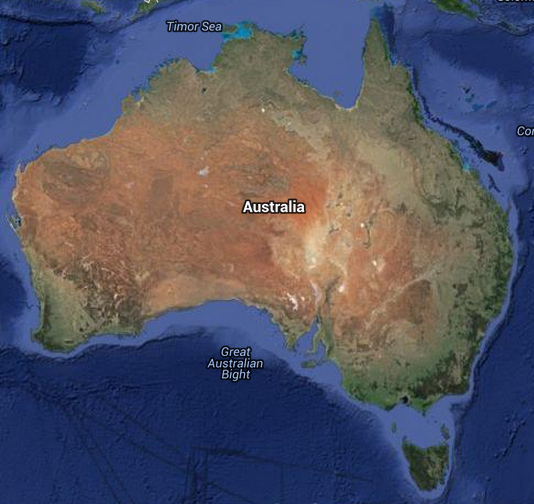
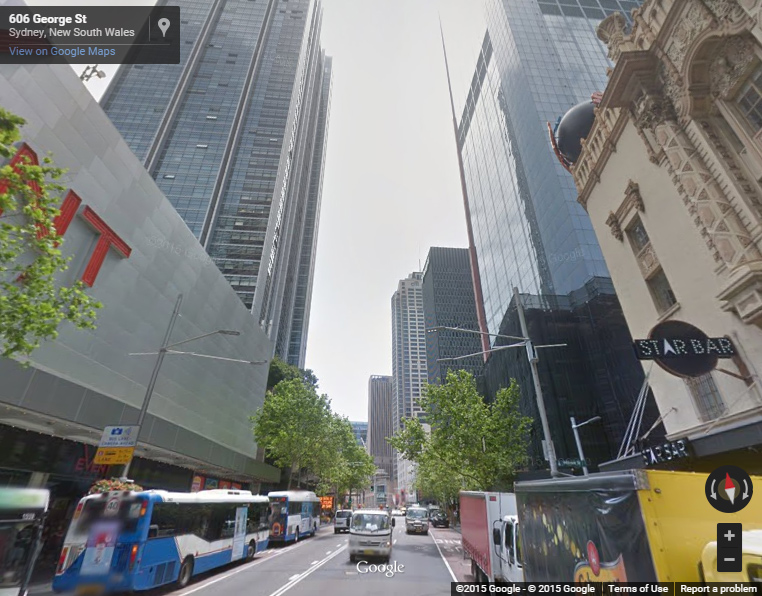


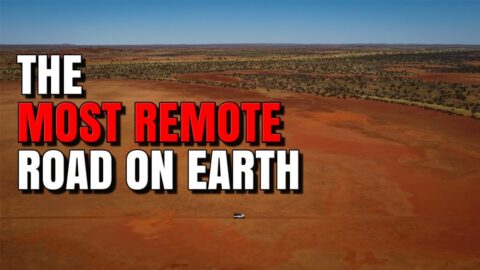
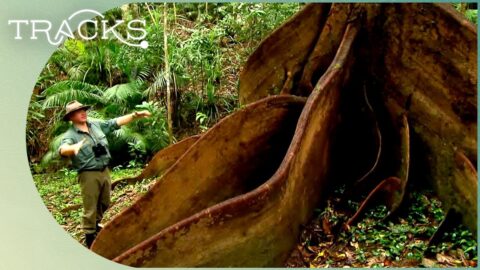
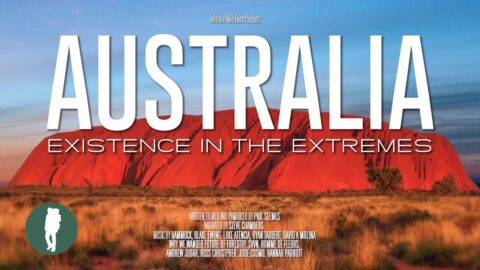
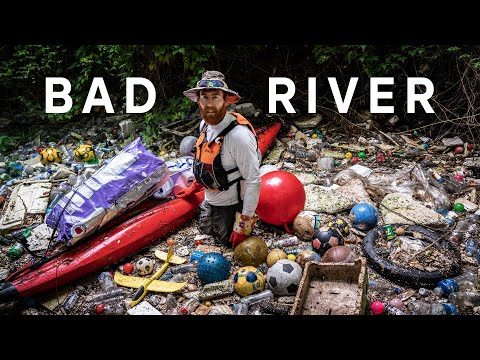
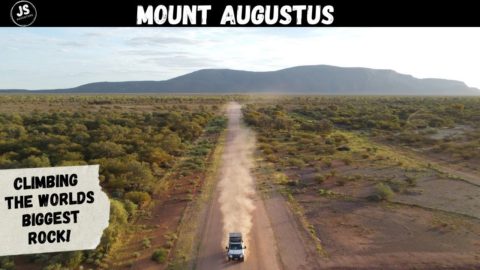
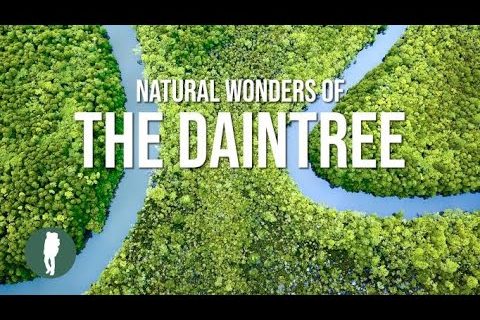
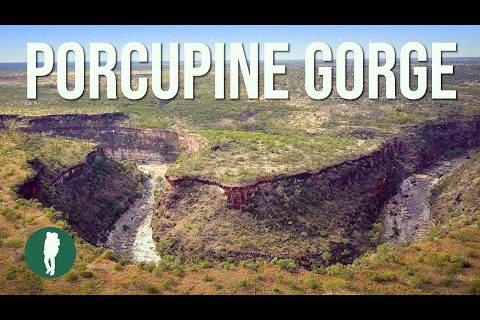





Recent Comments